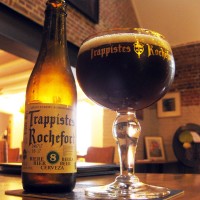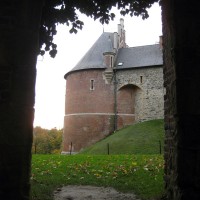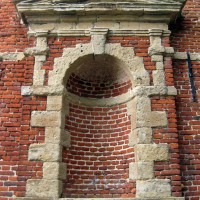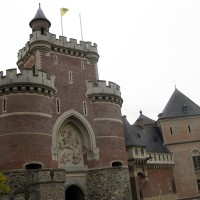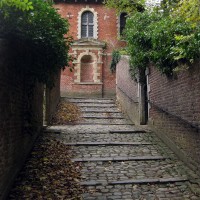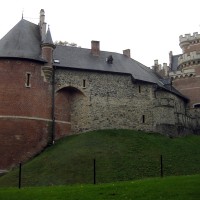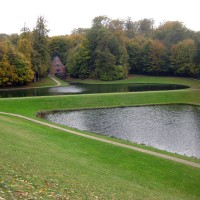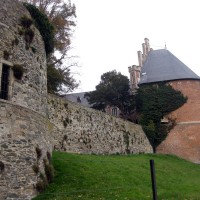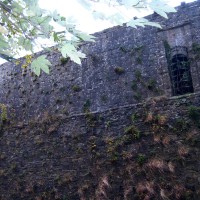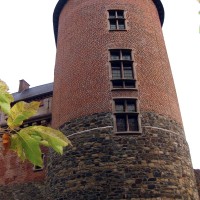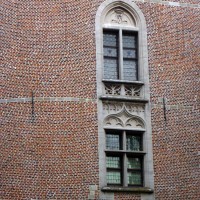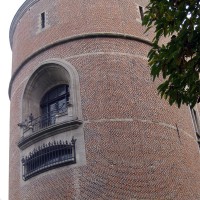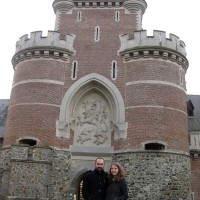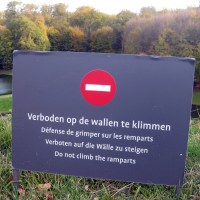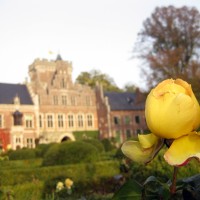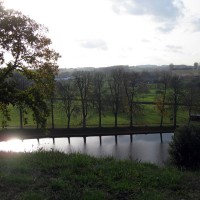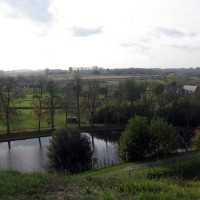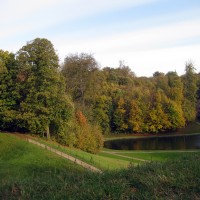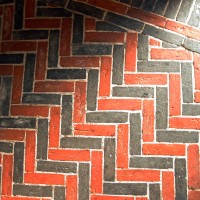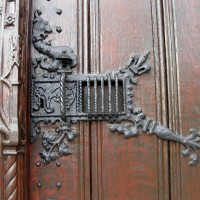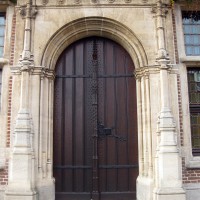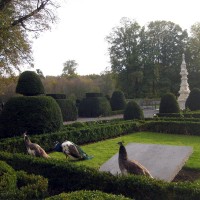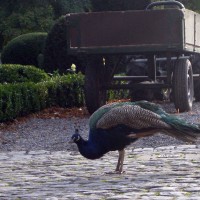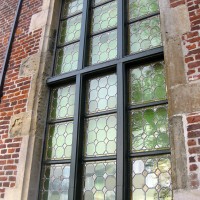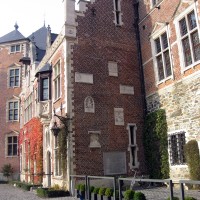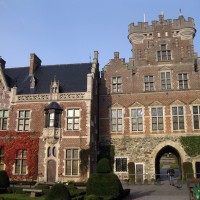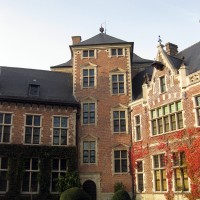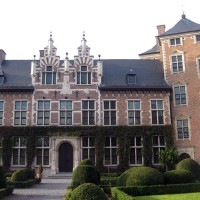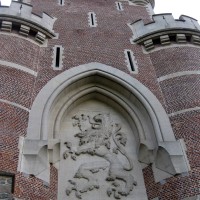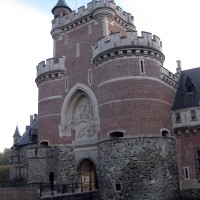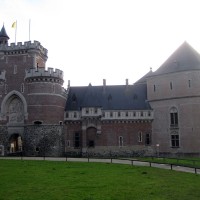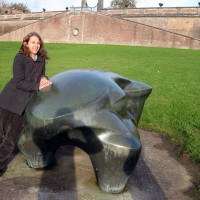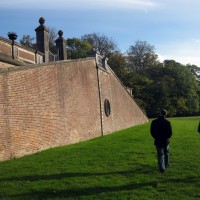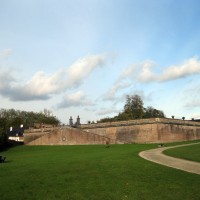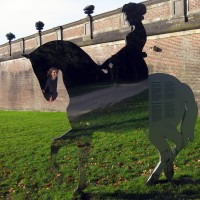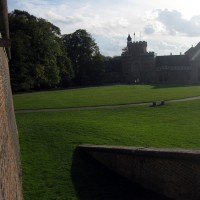(DAY 1 )
After breakfast, hotel selection, check-in, a stroll around the Grand Place, and a snack of frites, Eric’s partner, Stefan, drove us to his “childhood playground” just outside of Brussels: Kasteel van Gaasbeek. Yes, that’s right: when Stefan was a youngster his parents were caretakers of the house next door and he was able to run and play throughout the castle grounds. He even admitted to trying to throw rocks at the windows.
[Aside: Now had that been me, I’m certain I would not be so well-adjusted– my closet would be full of homemade princess costumes, I’d probably be carrying a bejeweled sword around with me, and would have taken a much greater interest in Dungeons and Dragons in my teenage years. But I digress.]
Walking around outside the castle is free, but we decided to take a tour of the inside as well. I have no evidence to show you that the castle is furnished because I couldn’t take photos inside, possibly due to its own art collection or the fact there was an additional art exhibit in various rooms throughout (some of this was quite weird– encountering a giant legless hairy beast in the salon, for instance).
The paintings, sculptures, furniture, tapestries, etc. etc. were all super cool, but what I liked best was the secret door in the library that even the servants didn’t know about– and was used by the Marquise to spy on visitors. Hearing about this raises the bar, let’s say, in our house-shopping back home.
Of course our visit was completed with a stop at the Brasserie Graaf van Egmond where Eric tried a Rochefort Trappist. I had a coffee which was served with a delicious teeny pastry filled with alcoholic custard. Stefan must have noticed the greed in my eyes because he let me have his pastry, too.
The Kasteel van Gaasbeek website has information in English. Here’s a quote on its historical background:
Gaasbeek Castle is located just outside Brussels amidst the gently rolling hills of the Pajottenland. The medieval castle had an eventful past and evolved from a strategic stronghold into a spacious country house. One if its most famous owners was the Count of Egmond. The current building was redesigned in Romantic style at the end of the 19th century thanks to the eccentric Marquise Arconati Visconti.
She decorated the castle as a museum to house her vast art collection and played it like a historical theatre setting. The dream castle which was created at the time is still a bit of a time machine. You can wander through historicising interiors and discover tapestries, paintings, furniture, sculptures and other valuable objects.
